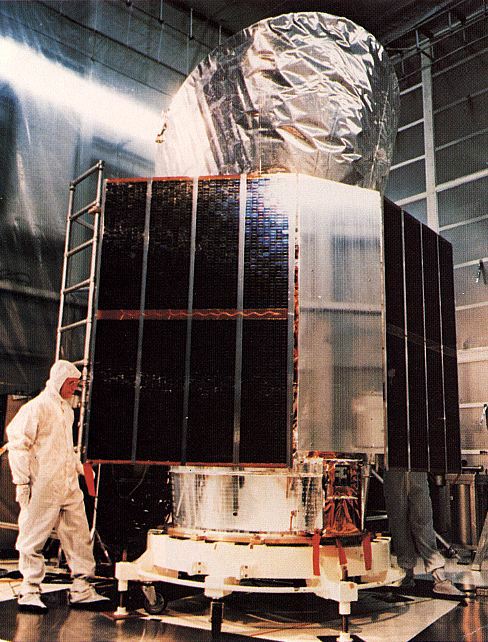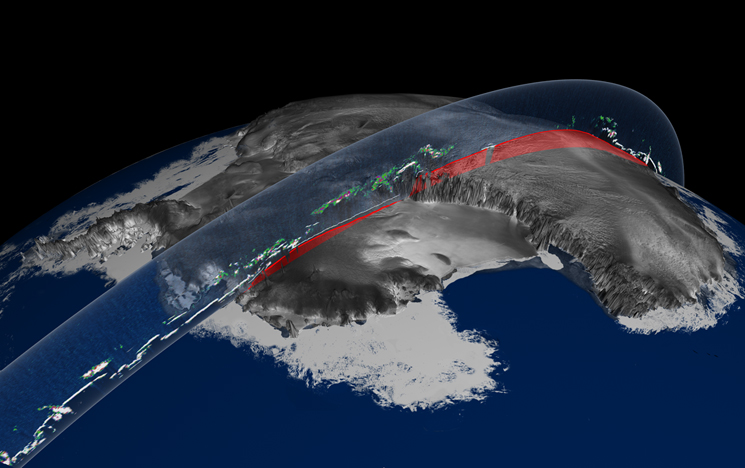Fifteen years ago today — February 25, 1998 — a Pegasus XL rocket launched a student-built satellite to track variations in nitric oxide pollutants in the atmosphere.

(Student Nitric Oxide Explorer integrated on the Pegasus launch vehicle. University of Colorado LASP image.)
The Student Nitric Oxide Explorer (SNOE) was built by University of Colorado students, under a program managed by the Universities Space Research Association.
Flying out of Vandenberg AFB, the Pegasus XL was dropped from its L-1011 carrier aircraft and propelled SNOE and the Broadband Advanced Technology Satellite (also known as BATSAT and later as Teledesic 1) into orbit.
The SNOE mission lasted nearly 6 years; the satellite de-orbited in December 2003. You can learn more about SNOE at this University of Colorado Laboratory for Atmospheric and Space Physics page .
















